Spindle / Summer / Autumn / Toxic
Spindle is a fairly common shrub or small tree in the South of the UK, and one of the indictors of an ancient woodland. In the North it is rarer and usually only occurs where it has been planted by humans. It looks pretty, but consumption can lead to death!
Common Names
Spindle, European spindle, Common spindle
Botanical Name
Euonymus europaeus
Scientific Classification
Kingdom – Plantae
Order – Celastrales
Family – Celastraceae
Physical Characteristics for Spindle
Leaves
The leaves are deep green to red depending on the time of year, they are lanceolate, opposite and have finely serrated edges. Up to 8cm long.
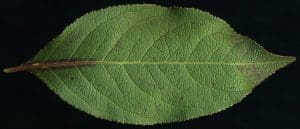
Flowers
The hermaphrodite flowers are inconspicuous and small. Yellow to green in colour, have four petals and grow in clusters called cymes. They normally appear in May and June.
Fruit
The showy fruits are reddish to purple in colour and have 4 lobes, when ripe they split to reveal bright orange seeds. The fruits are around 1.5 cm in diameter.
Habitat
It is a native species and does grow in the wild but most often it’s found planted as an ornamental in gardens and parks. In the wild it’s an indicator of ancient woodlands. They prefer nutrient rich, chalky soils.
Known Hazards
The fruit is poisonous and contains the alkaloids theobromine and caffeine, as well as an extremely bitter terpene. Poisonings are more common in young children, who are attracted to the berries. Ingestion can result in liver and kidney damage and it extreme cases even death!
Could be Confused with
The fruits are quite unique so it would be hard to confuse them with anything else. Before it fruits the plant does look similar to Dogwood (Cornus sanguinea) but this develops blackish fruits and should also be avoided.
Notes on Herbal Uses
In small doses it has been used to stimulate appetite but larger doses it can irritate your intestine. The bark has been used to treat certain liver disorders. The seeds are strongly emetic and purgative.
The fresh leaves, and the dried fruit and seeds, are used externally to treat scabies, lice, and other skin parasites.
Extra notes from the Foragers
The botanical name, Euonymus, is from the Greek ‘eu’ meaning ‘good’ and ‘onoma’ which means ‘name’. This is said to have meant ‘lucky’. Europaeus is Latin for Europe.
It was commonly used in the past to make spindles for the wool and cotton industry hence its common name.
Charcoal made from Spindle is highly prized by artists due to its strength and density.
References:
https://en.wikipedia.org/wiki/Euonymus_europaeus
more on the medicinal properties



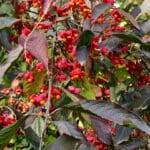
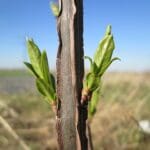
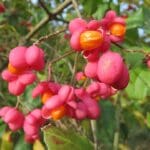
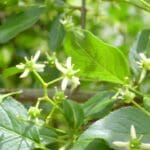
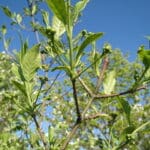
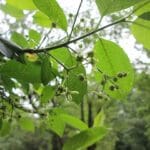



Leave a Reply
You must be logged in to post a comment.